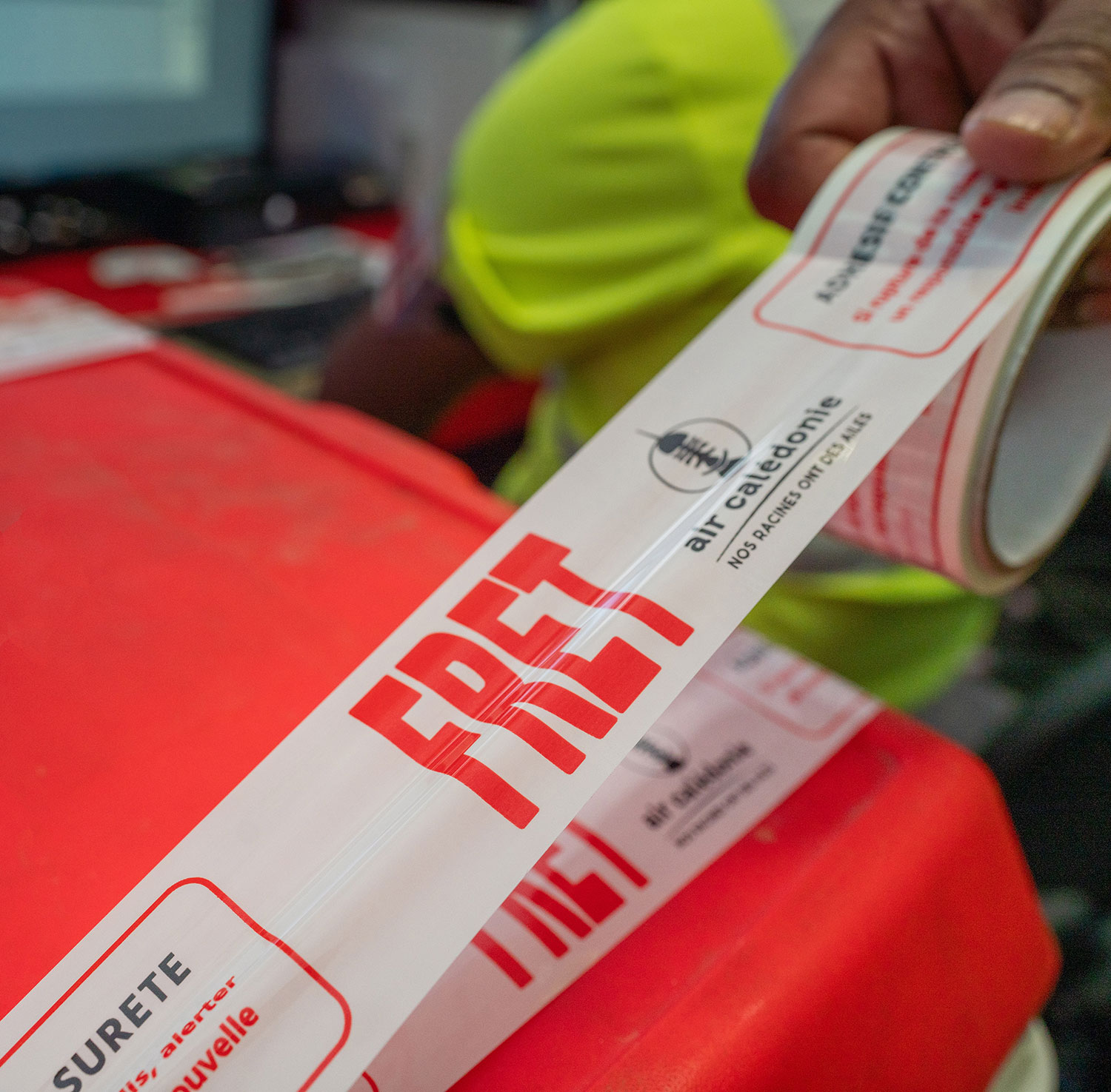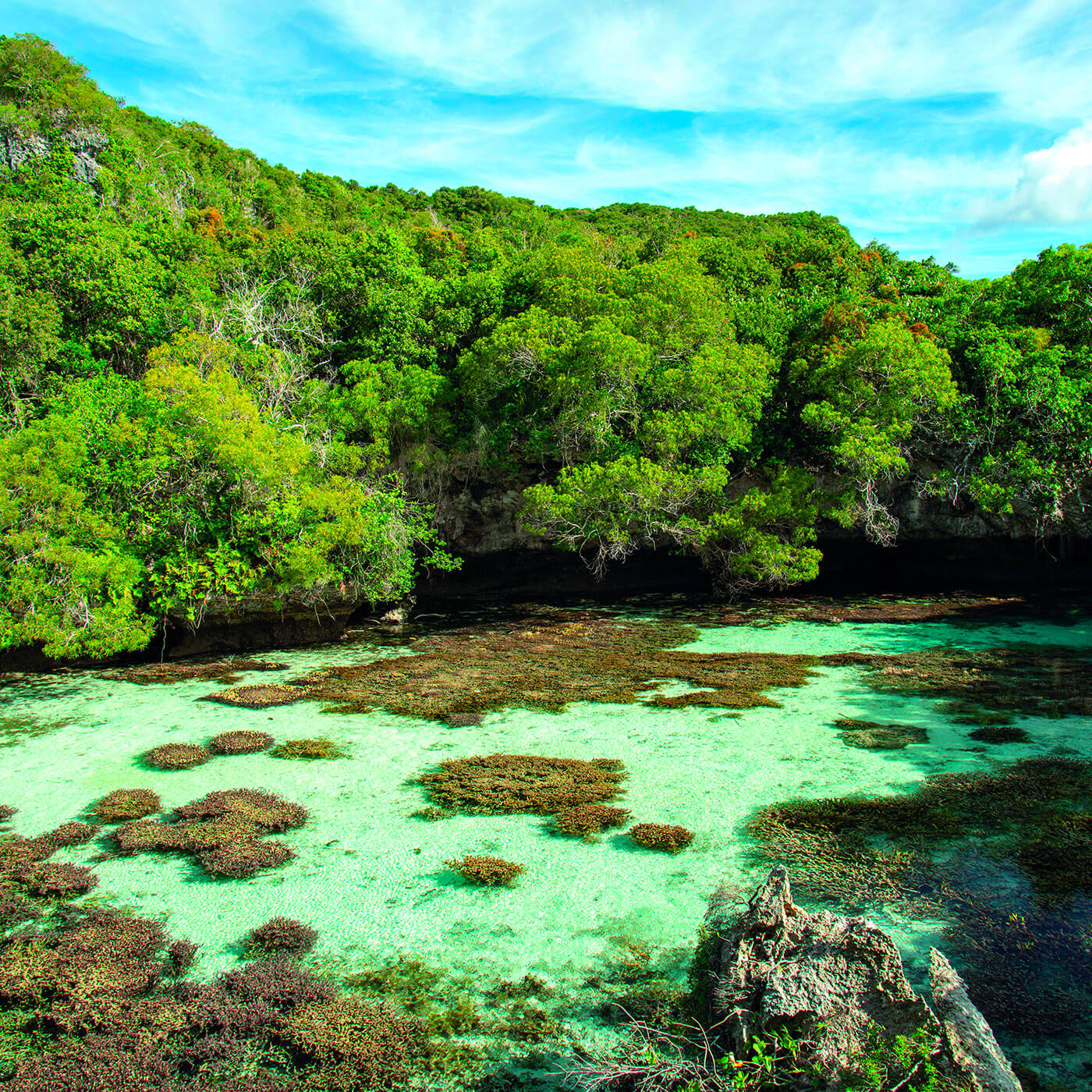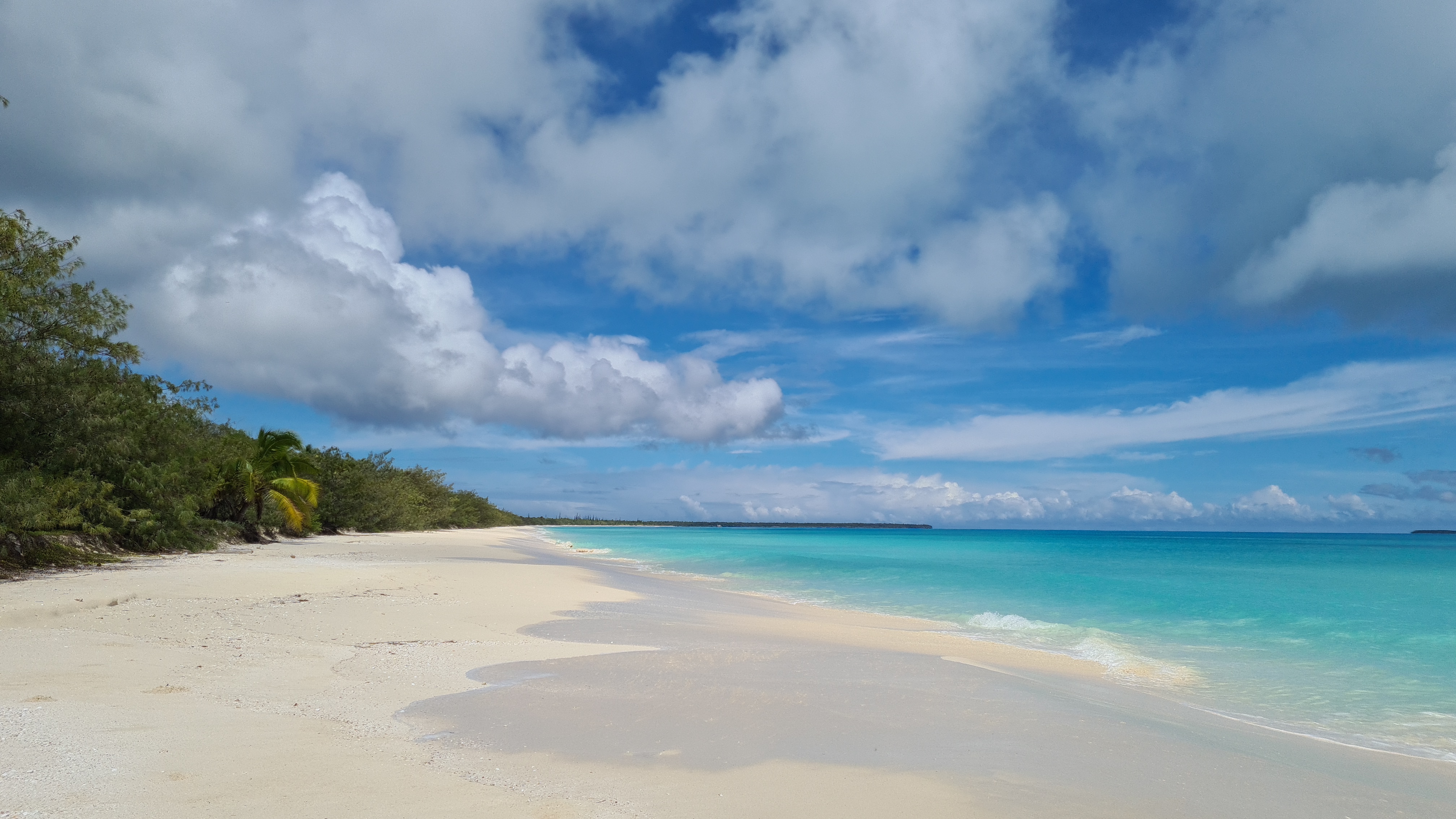
Travel planning
Ouvéa
Ouvéa: the island closest to paradise
flight time
Nouméa Magenta Ouvéa 40 minRegular schedule
No flight that matched your search
The dazzling purity of the combined colors of the sky, the lagoon and the vegetation, the exceptionally mild climate, the natural hospitality of its inhabitants, the sweetness of life on an island preserved from all defilement fully justify the nickname “the most close to Paradise” that all those who have had the chance to stay there have given to Ouvéa.
Ouvéa – Iaaï in the local language – is one of the most beautiful atolls in the Pacific, with its white sand beach which stretches over 25 km, caressed by clear and luminous water with changing tones. 35 km long and less than 40 meters wide in places, for a total area of 132 km², the island is crossed from north to south by a single road which sometimes runs along the endless beach planted with coconut palms at the edge of the lagoon, sometimes the great Pacific of an intense blue. The water of the lagoon offers its exceptional transparency to serve as a mirror to the majestic cliffs of Lékiny or as a food reserve for the inhabitants. The island of Ouvéa is a tilted atoll, partly submerged, whose lagoon is not filled in like in Lifou or Maré, but closed off to the north and south by a series of reefs and islets, the Pléiades. The Ouvéa atoll and the Beautemps-Beaupré islands constitute one of the six areas of the New Caledonian lagoon listed in July 2008 as a World Heritage Site.
The 4,300 inhabitants of Ouvéa have their origins in Polynesian and Melanesian migrations. The Polynesian influence is much more marked there than in Lifou and Maré, the very name of the island is the Polynesian name of Wallis Island (Uvea). In the customary district of Saint-Joseph, to the north, the chiefdom of Takedji is a sort of Wallisian enclave within the Kanak district. It is for this reason that two vernacular languages are spoken in Ouvéa: Iaaï, a Kanak language, and Faga-uvea of Polynesian origin. Three customary districts divide the island: Saint-Joseph, Fayaoué and Mouli.



 Receive notifications
Receive notifications
 Receive our newsletter
Receive our newsletter








